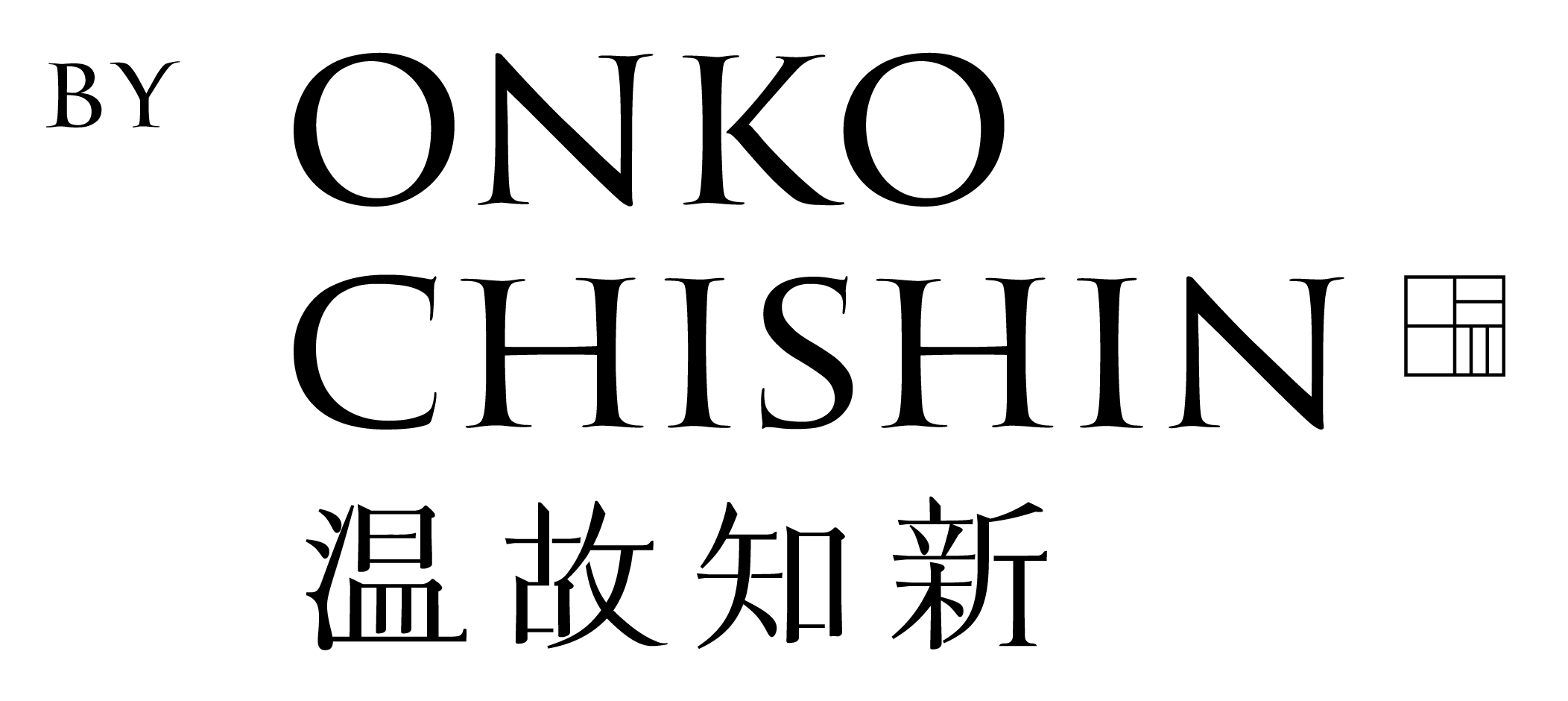
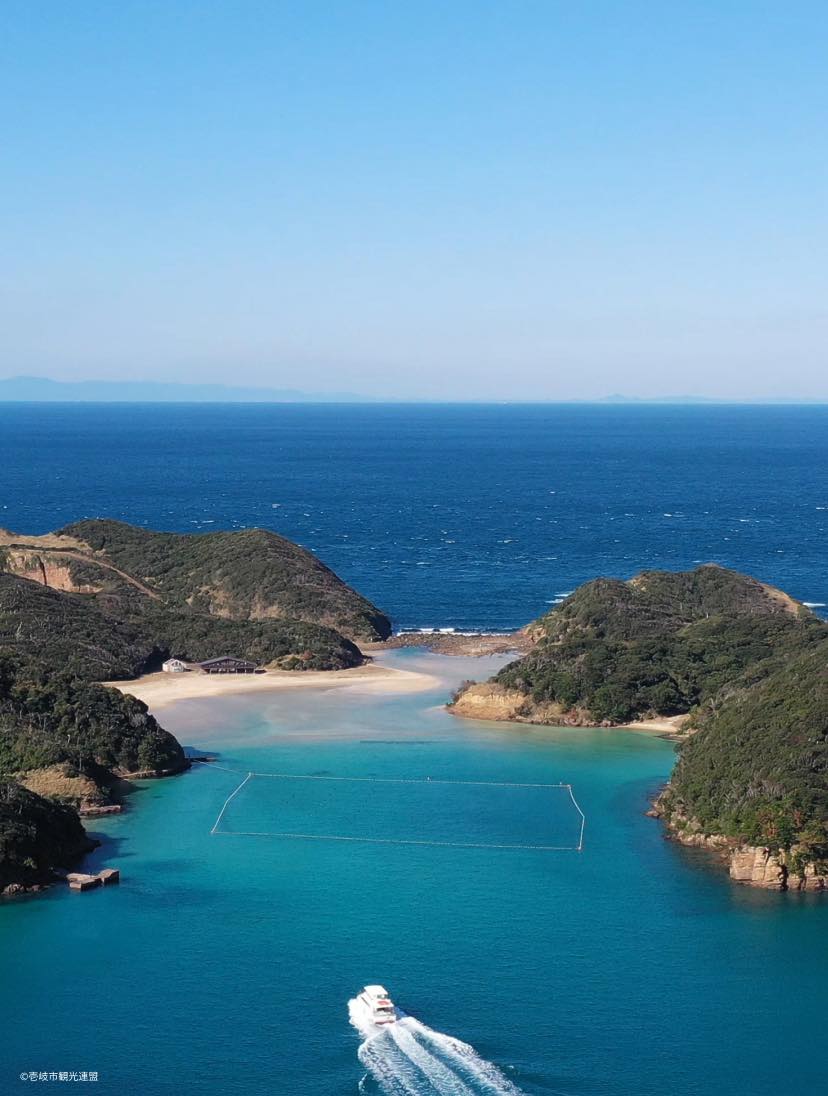
Iki Island Sightseeing
Iki, located just a short distance away from Hakata Port in Fukuoka, offers a hidden gem for tourists with its emerald green seascape reminiscent of Okinawa, breathtaking natural scenery, and a variety of gourmet delights featuring premium ingredients such as sea urchin, abalone, and Iki beef.
With relatively fewer foreign tourists, it provides a sense of privacy and exclusivity as a tourist destination.
In addition to the must-visit attractions, as a ryokan rooted in Iki Island, we are pleased to recommend various activities and assist you with taxi arrangements and car rentals. We aim to provide you with a unique and unforgettable experience.
SCROLL
nishikihama Beach
Nishikihama Beach, the Mecca of marine sports.
tsutsukihama Beach
Tsutsushikihama Beach, selected as one of the Top 100 Beaches for Swimming.
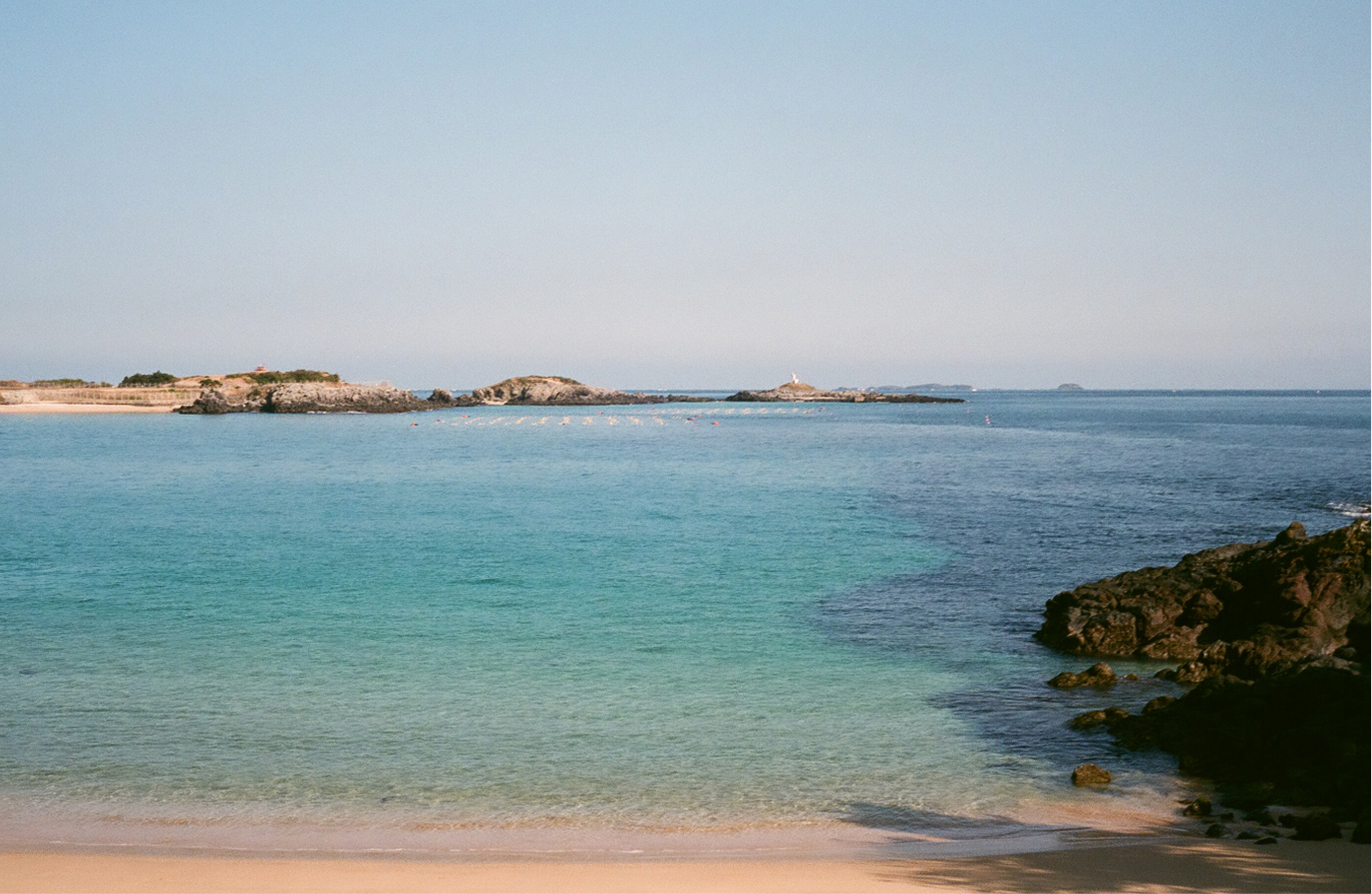
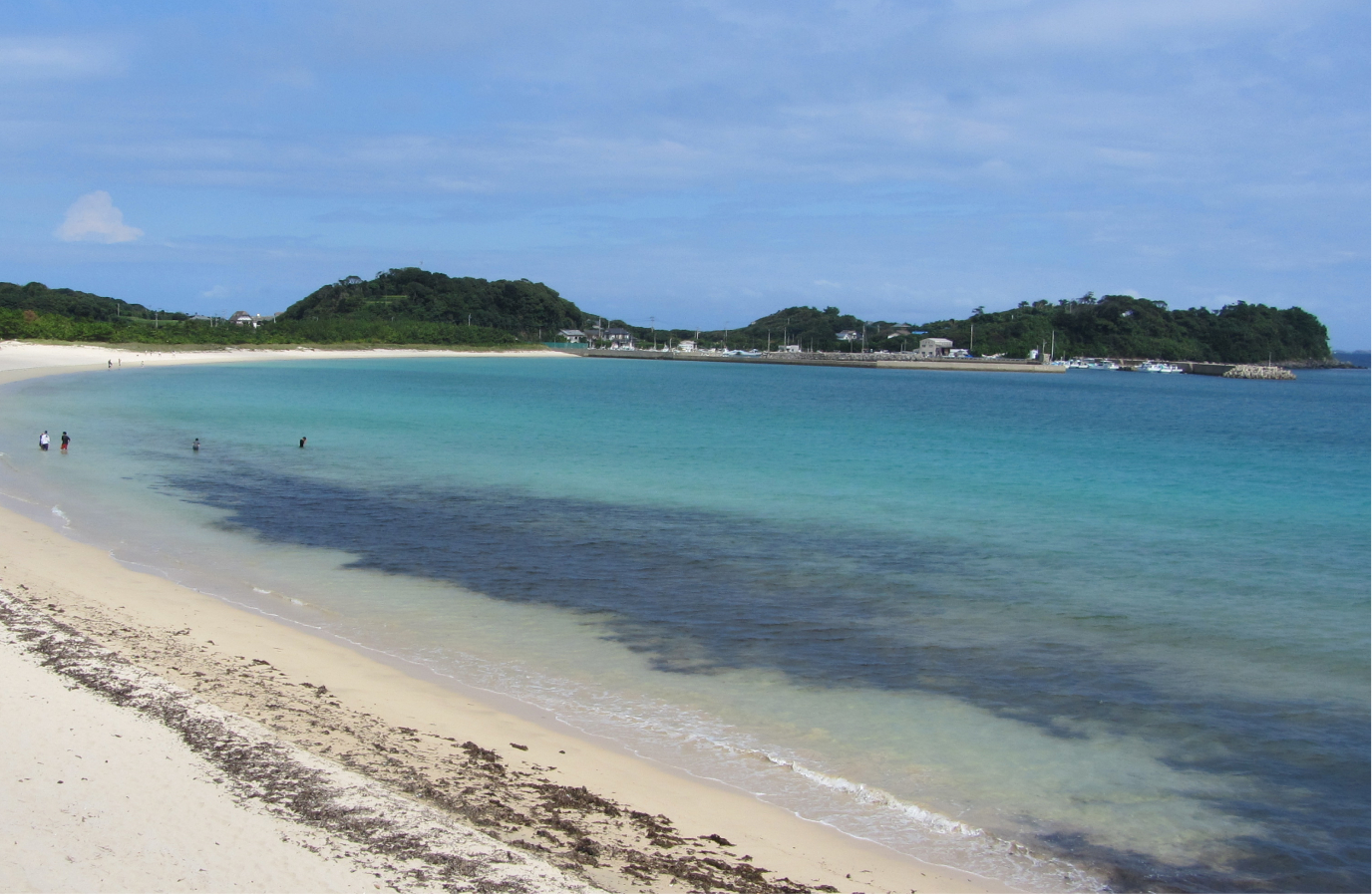
nishikihama Beach
Nishikihama Beach, the Mecca of marine sports.
Tsutsushikihama Beach, located in Iki, is known as a mecca for water sports and boasts exceptional clarity of the sea. The beach features fine white sand, with a beautiful contrast between the blue sea, white sandy beach, and green pine trees, creating a stunning view that is worth seeing.
There are also dive shops and cafe bars where you can enjoy cocktails while listening to the sound of the waves. The taste is exceptional. This beach is recommended for couples and families alike.
Address:
Minami-Fure, Ishida-cho, Iki City, Nagasaki Prefecture
tsutsukihama Beach
Tsutsushikihama Beach, selected as one of the Top 100 Beaches for Swimming.
Experience the popular activity of sea kayaking in the crystal clear waters of Iki’s sea. Discover breathtaking views like never before, as if floating on the ocean.
Price: 6,600 yen (tax included) per person
Duration: 1.5 hours
Closed on days with inclement weather
Transportation service available
Tatsunoshima sightseeing
Embark on a scenic tour to Tatsunojima, an uninhabited island.
Iki Dolphin Park
Experience the healing power of nature at Iki Dolphin Park.
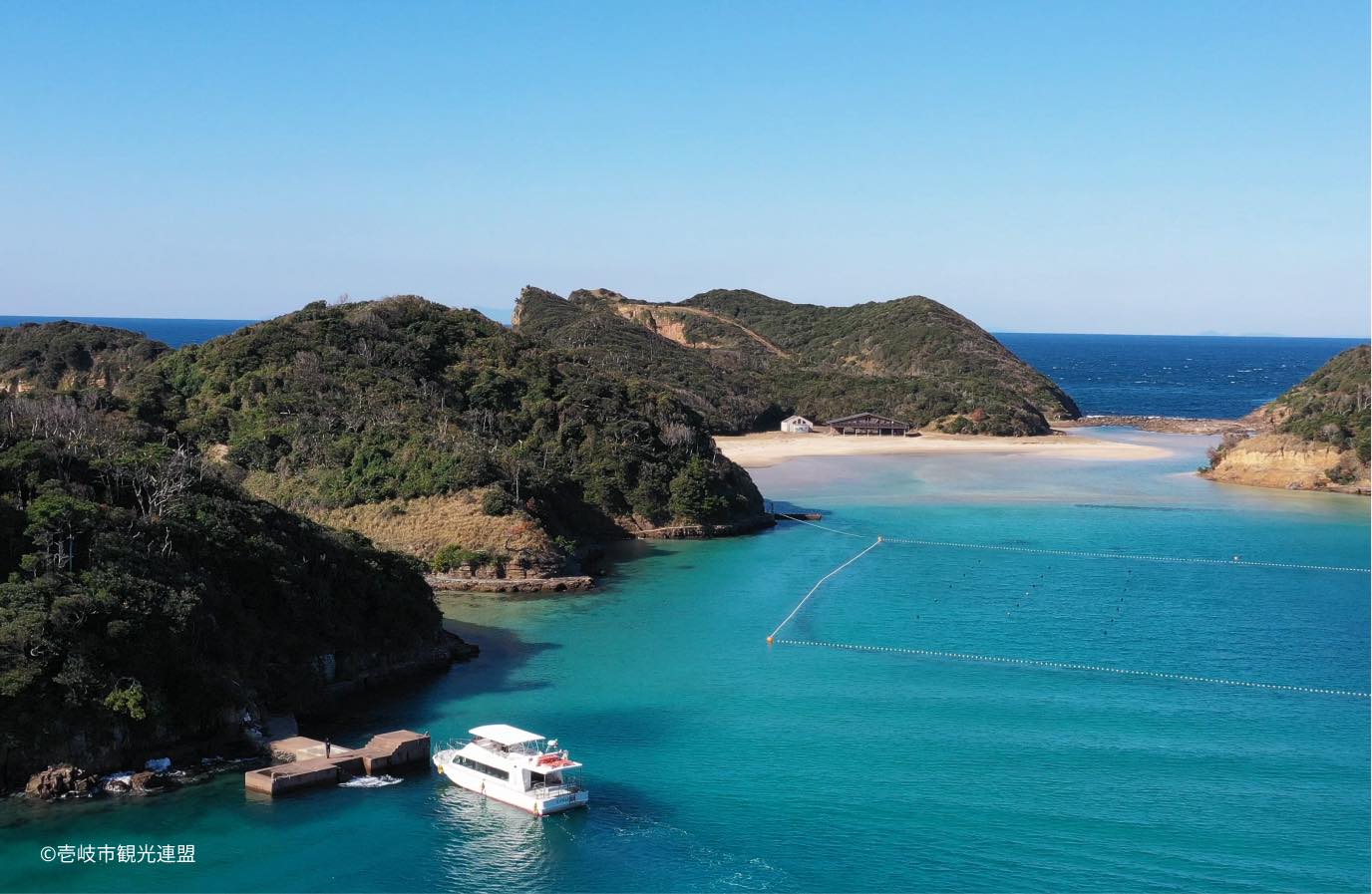
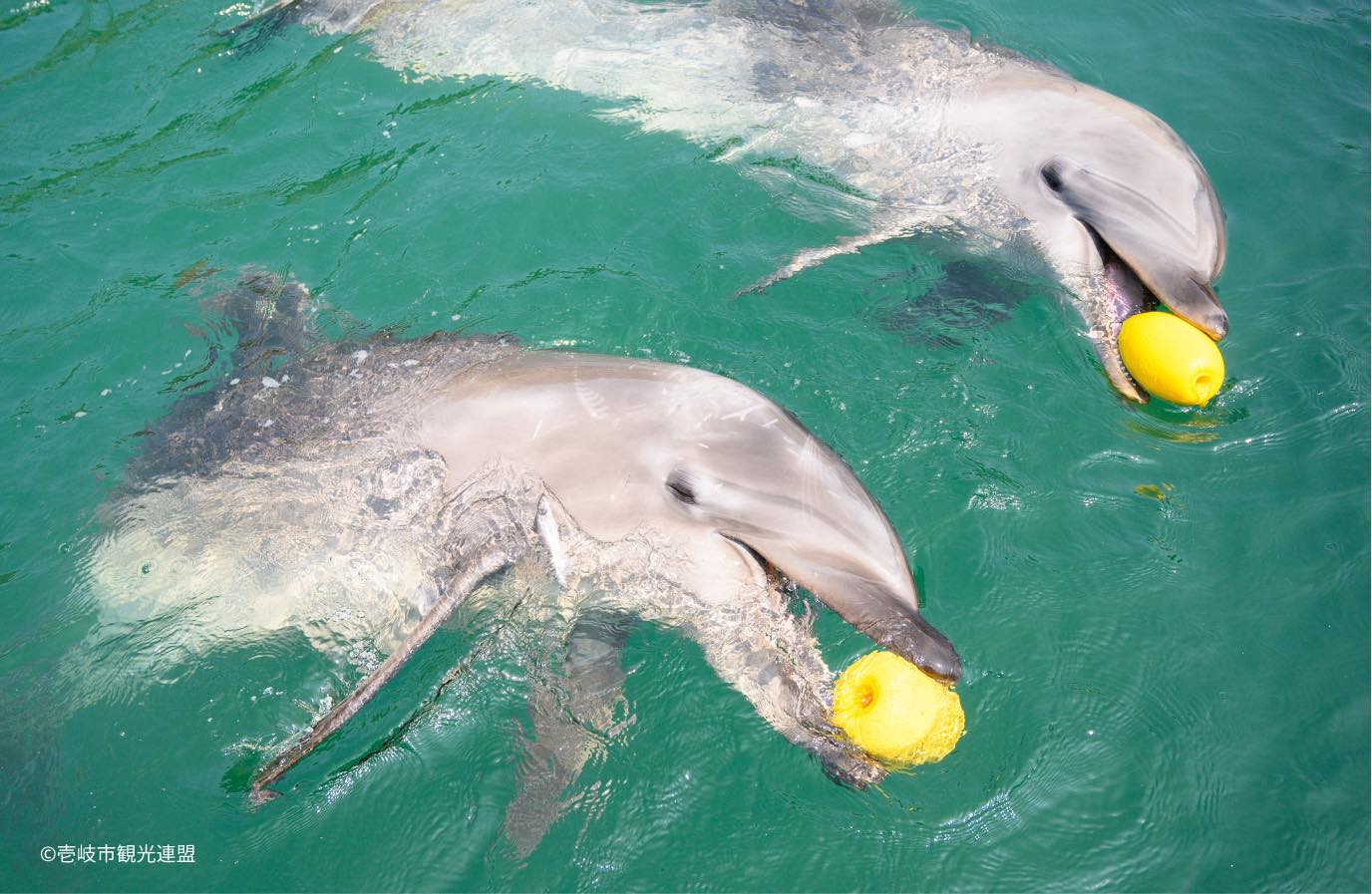
Tatsunoshima sightseeing
Embark on a scenic tour to Tatsunojima, an uninhabited island.
Experience the untouched beauty of Tatsuno Island, a remote uninhabited island located just 5 minutes by boat from Katsumoto Port in the northern town of Iki.
From March to October, a cruise ship operates to take visitors on a tour around the island, allowing anyone to visit and explore its attractions.
Enjoy the breathtaking views of natural wonders such as the Sea Palace, Mammoth Rock, and Sazae Rock. Marvel at the towering cliffs and the crystal-clear emerald green sea, formed by the relentless erosion of the rough waves over the course of many years. It’s a popular tourist spot where you can immerse yourself in the stunning beauty of nature.
Address:
575-61 Katsumotoura, Katsumotocho, Iki City, Nagasaki Prefecture
Phone:
0920-42-2020
Iki Dolphin Park
Experience the healing power of nature at Iki Dolphin Park.
Located in Katsumotocho, at the northern tip of Iki Island, is Iki Dolphin Park, a seaside park created by enclosing a natural inlet.
At Iki Dolphin Park, you can have an up-close and personal encounter with five adorable bottlenose dolphins. The park also features various playground equipment, making it a relaxing and enjoyable destination for families with small children.
During the “Dolphin Feeding Time,” you can listen to explanations about dolphins from the trainers and observe the dolphin training sessions. It’s a recommended spot for families to visit.
Address:
Higashimori, Katsumotocho, Iki City, Nagasaki Prefecture
Phone:
0920-42-0759
Iki, the island of Japanese romance
Surrounded by the sea, the island of Iki is a small but captivating destination. It boasts approximately 30 beaches, each with its own unique characteristics, ranging from emerald green to marine blue. These beaches offer a variety of experiences, from ideal spots for swimming and sunbathing to fishing-friendly areas and even places where you can interact with dolphins. The waters surrounding Iki Island are brimming with charm and offer a wealth of attractions for visitors to enjoy.
Ichikoku Museum
If you want to learn about history, visit the Isshiki Kokukoku Museum.
Haranotsuji Site
The Harano-Tsuji archaeological site offers a wide range of experiential activities.
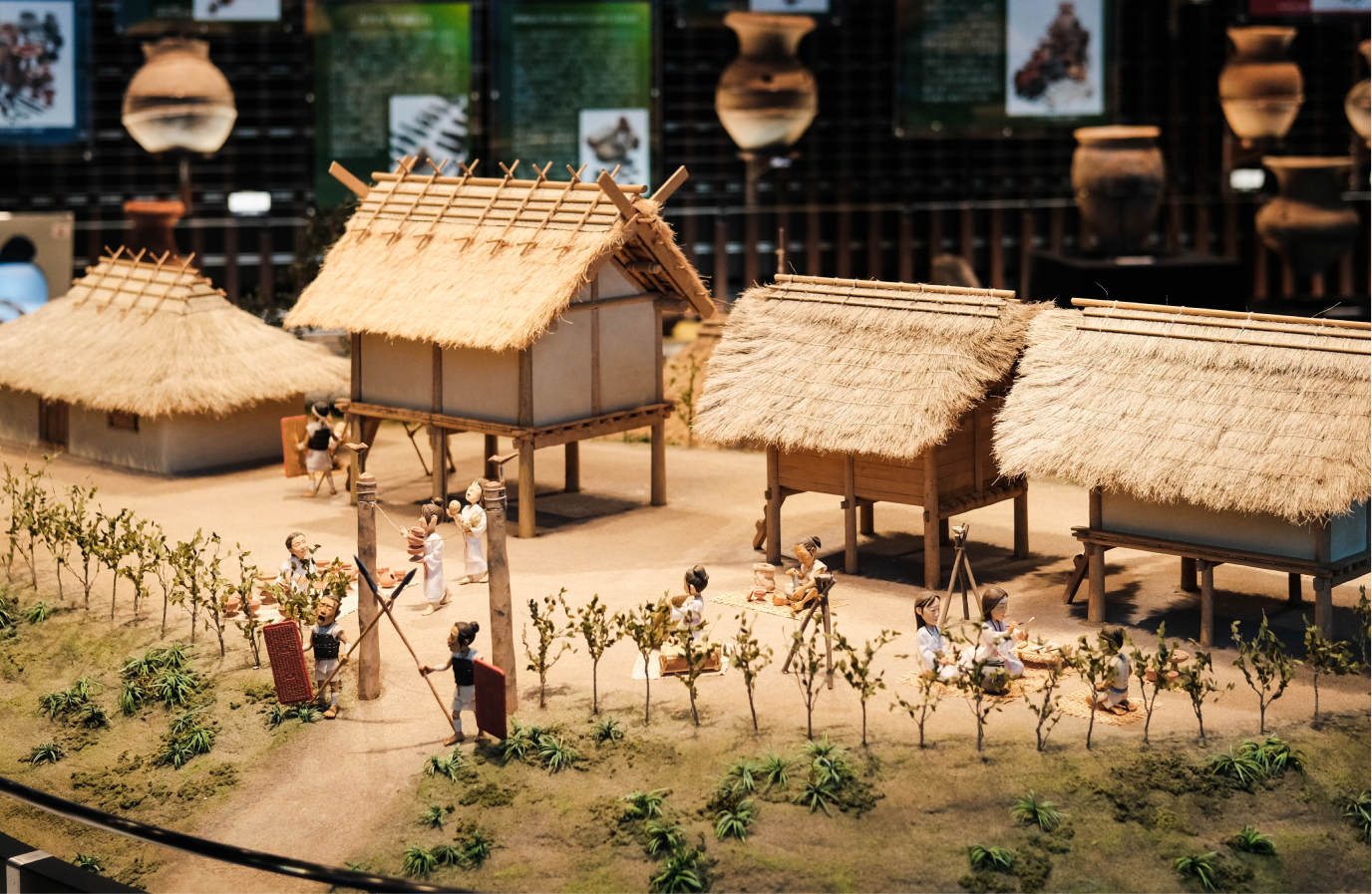
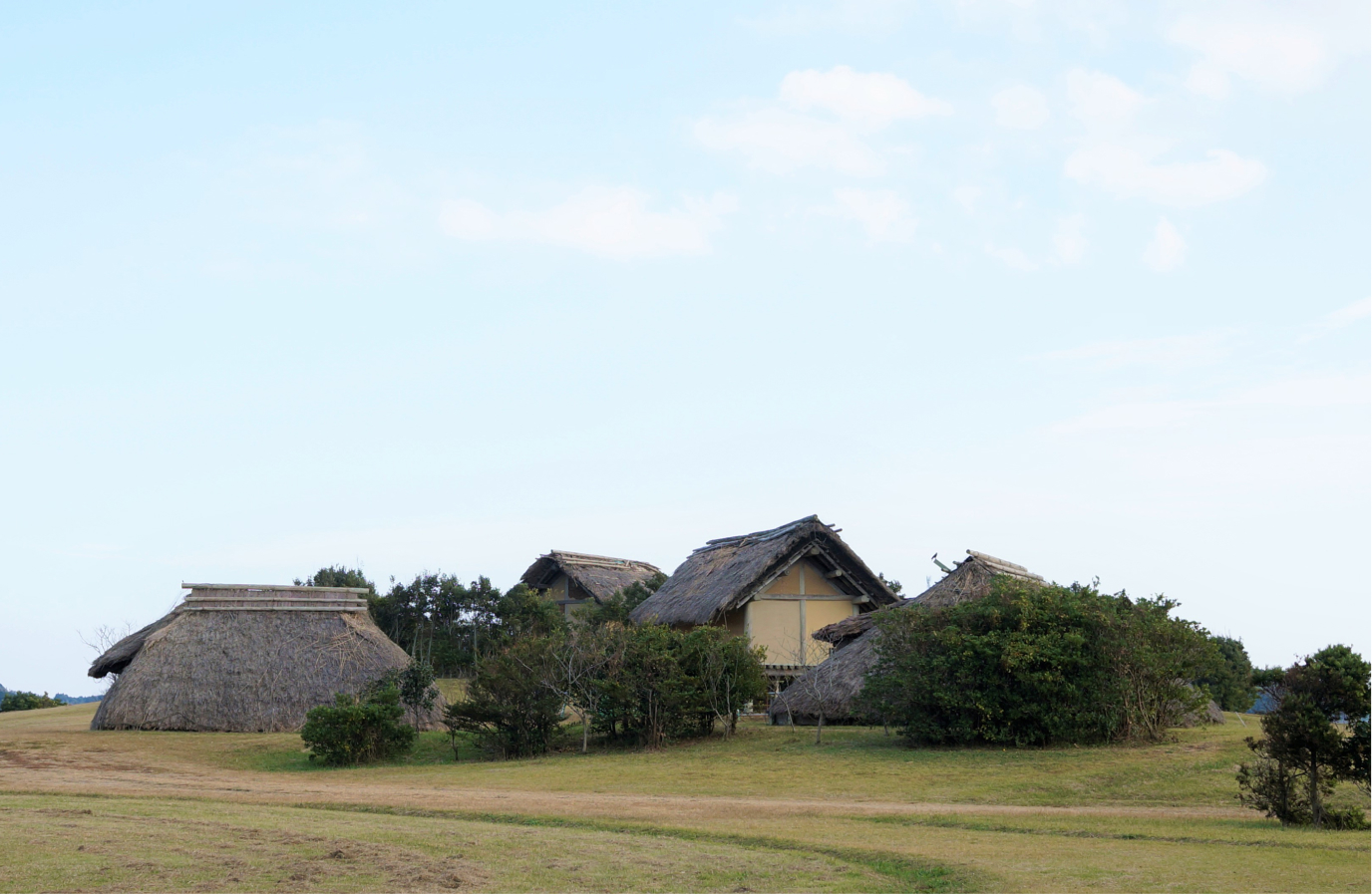
Ichikoku Museum
If you want to learn about history, visit the Isshiki Kokukoku Museum.
In Iki Island, which is mentioned as “Ichi no Kuni” in the “Gishi Wajinden” (Records of Wei), there are a total of 482 archaeological sites, including 279 ancient burial mounds. The Ichi no Kuni Museum serves as the central hub of the “Shimagoto Museum” that preserves the history of the entire Iki Island. It showcases excavated artifacts and provides clear explanations of the island’s history. The museum also serves as a gateway to explore the historical sites and scenic spots within Iki Island.
Designed by architect Kisho Kurokawa, the museum features a design with curved lines and a roof covered in natural grass. It is located northeast of the nationally designated special historic site “Harano-Tsuji archaeological site,” making it a recommended destination to visit together. The fourth-floor observation room offers panoramic views of Iki Island, and from the rooftop lawn observation area on the third floor, you can enjoy a view of the Harano-Tsuji archaeological site.
Address:
515-1 Fukae Tsurugame-oki, Ashibe-cho, Iki-shi, Nagasaki
Phone:
0920-45-2731
Haranotsuji Site
The Harano-Tsuji archaeological site offers a wide range of experiential activities.
The Harano-Tsuji archaeological site is a moat-encircled settlement from the Yayoi period and is known as the remains of the capital city of “Ichi no Kuni” mentioned in the “Gishi Wajinden” (Records of Wei) from ancient China. This site has been designated as a special historic site of national significance, equivalent to a “National Treasure of Archaeological Sites,” and has been developed as the “Harano-Tsuji Ichi no Kuni Capital Reconstruction Park.”
The park area is divided into four main zones: the “Central Zone” (where buildings and structures have been reconstructed based on excavation findings), the “Moat Zone” (replicating multiple moats surrounding the hill), the “Plant Cultivation Garden Zone” (cultivating plants that were grown by the Yayoi people), and the “Outdoor Experience Plaza and Site Exhibition Zone” (displaying excavated remains of pottery mounds in their original state). Adjacent to the park’s northern side is the “Harano-Tsuji Guidance Center,” which exhibits excavation methods and features restoration videos.
In addition, the site offers a variety of experiential activities that are highly popular, including making magatama (comma-shaped beads), pottery, glass beads, and learning fire-starting techniques.
Address:
Higashi Fure, Katsumoto-cho, Iki-shi, Nagasaki
Phone:
0920-42-0759
Jizo the Plump
The enigmatic Harahoge Jizo is a statue that leaves a mystery behind.
Kojima Shrine
Mont Saint-Michel of Japan, Ko-jima Shrine.
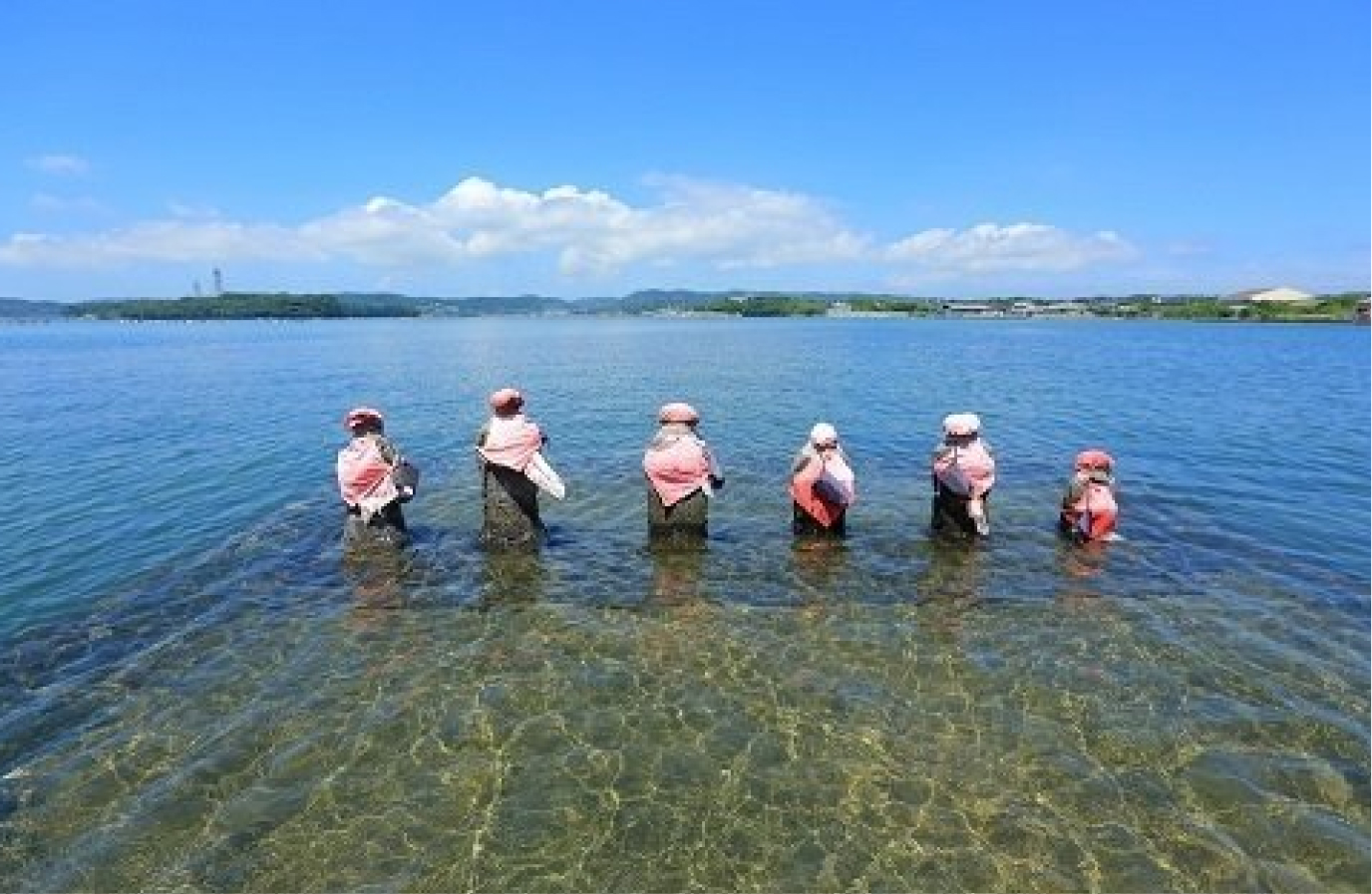
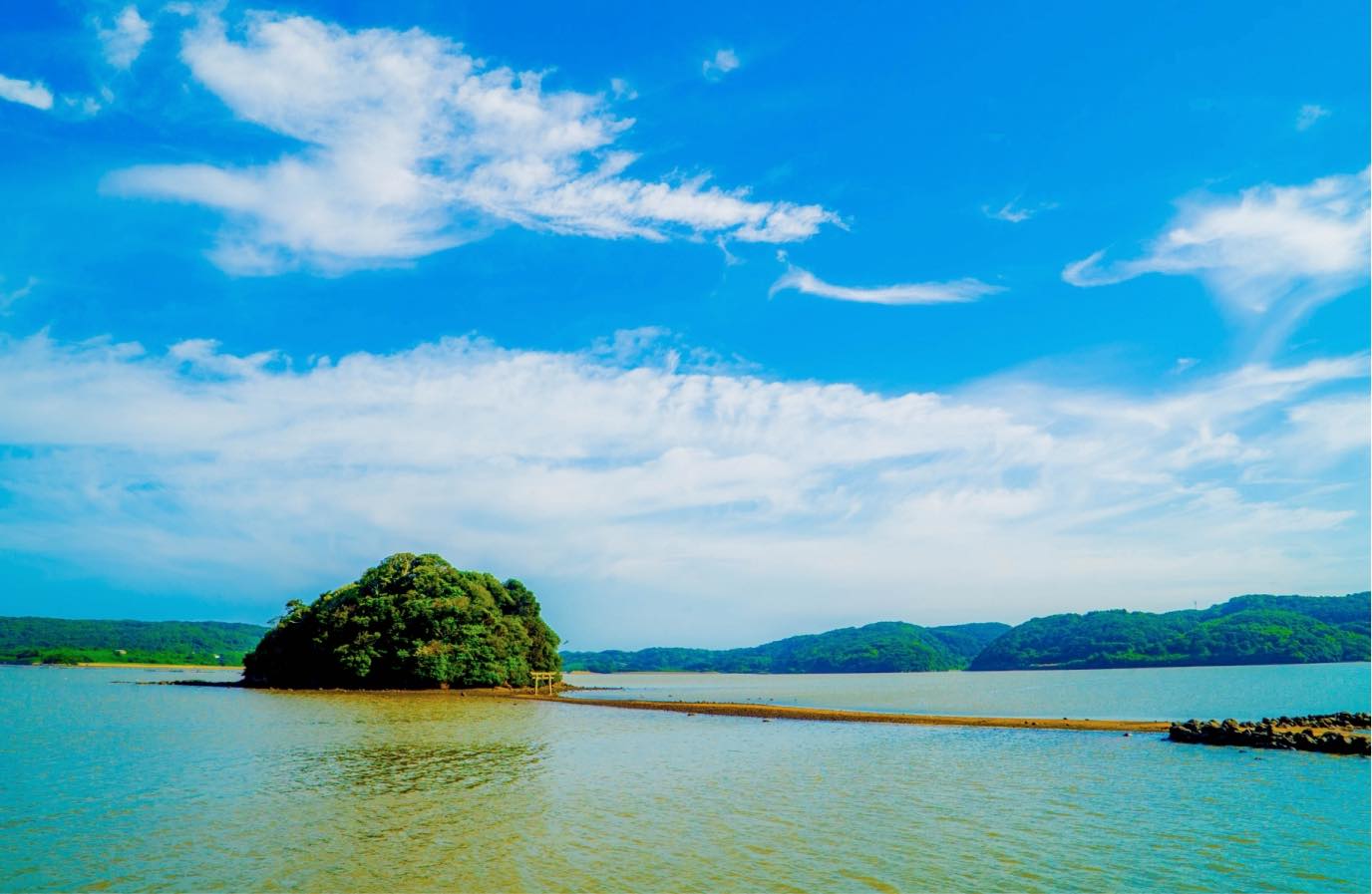
Jizo the Plump
The enigmatic Harahoge Jizo is a statue that leaves a mystery behind.
The “Harahoge Jizo” is located along the coast of Hachiman-ura in the eastern part of Iki Island, known for its sea diving for sea urchins and other seafood. It is a group of six Jizo statues representing the six realms of existence (Hell, Hungry Ghost, Animal, Fighting Spirit, Human, and Heaven), providing salvation from the suffering and troubles of the six realms.
During low tide, visitors can easily approach and pay their respects to the Jizo statues, but during high tide, the statues are submerged in water up to their heads. The name “Harahoge Jizo” comes from the round hole in the chest of the statues, which prevents offerings from being washed away by the seawater.
The exact origin of the Harahoge Jizo is unknown, but it is believed to be a place of memorial for drowned sea divers, a place for offering prayers for whales caught around Iki Island, and a site for praying for the end of epidemics.
Address:
1342-102 Moroyoshimoto-mura, Ashibe-cho, Iki City, Nagasaki Prefecture
Kojima Shrine
Mont Saint-Michel of Japan, Ko-jima Shrine.
In Iki, there are about 150 shrines registered with the Association of Shinto Shrines, indicating the presence of numerous ancient shrines that date back to the origins of Shinto.
Kojima Shrine, located here, is considered a sacred area to the extent that even taking a small twig from the shrine grounds is not permitted. The entire island is regarded as a divine precinct. Due to the gravitational forces of the sun and the moon, the sea separates during low tide, creating a pathway to the shrine, while during high tide, the shrine becomes an island. This phenomenon has earned it the nickname “Japan’s Mont Saint-Michel.” The shrine is captivating as it can only be visited during low tide, adding to its allure.
During high tide, the approach to the shrine is submerged underwater, creating an opportunity to witness a delightful sight of marine creatures that were left behind when the tide receded.
Address:
1969-banchi Moroyoshi Futamata-cho, Ashibe-cho, Iki City, Nagasaki Prefecture
Tsukiyomi Shrine
Tsukiyomi Shrine, the Birthplace of Shinto
monkey rock
Saruiwa, Featured in the Birth Myth
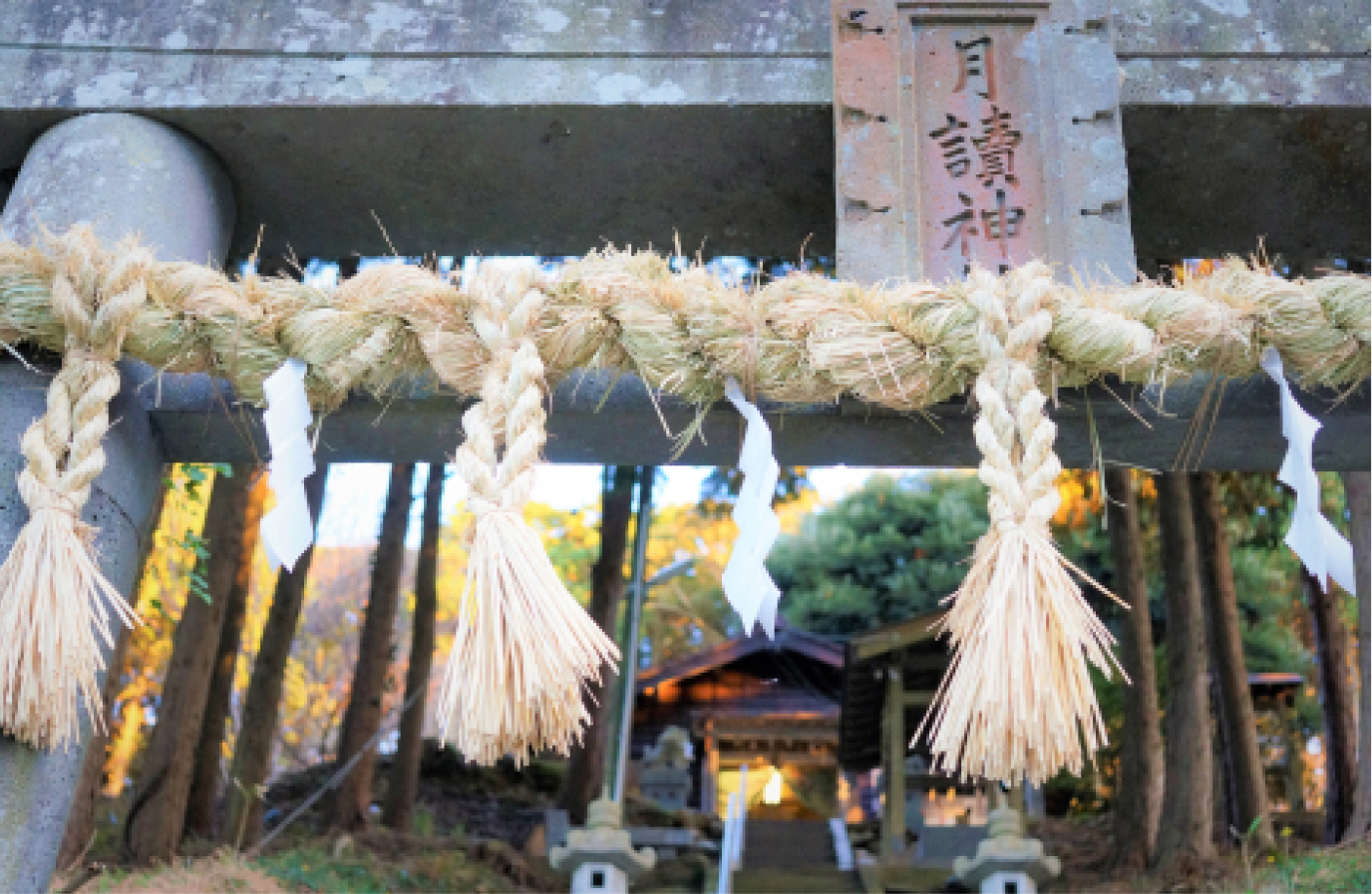

Tsukiyomi Shrine
Tsukiyomi Shrine, the Birthplace of Shinto
Moon-Reading Shrine, nestled among dense foliage, enshrines three deities: Tsukiyomi-no-Mikoto, Tsukiyumi-no-Mikoto, and Tsukiyomi-no-Okami. It is said to have been established in 487 AD when a branch shrine was separated from Kyoto’s Matsuo Taisha Shrine, specifically from its Tsukiyomi Shrine. This event is considered a significant milestone in the centralization of Shinto. The shrine is situated beyond the torii gate facing the prefectural road, with a steep stone staircase leading through a grove of Japanese cypress trees. It exudes a mysterious atmosphere, appearing dark even during daylight due to the dense foliage.
Furthermore, it is renowned as the birthplace of Shinto and has recently gained attention in various media outlets.
Address:
464 Kokubu Higashi-kozo, Ashibe-cho, Iki City, Nagasaki Prefecture
Phone:
0920-45-4145
monkey rock
Saruiwa, Featured in the Birth Myth
The Sengoku Cliff, a 45-meter-high sea-eroded cliff made of basalt, is located at the tip of Kurosaki Peninsula, which juts out to the west of Yumoto Bay, a hot spring area in Iki. As seen in the photos, its appearance closely resembles a “monkey” facing the opposite direction, showcasing the whimsical formations created by nature. It is also known as one of the eight pillars in the mythology of Iki Island’s creation.
At the antenna shop “O-Saru no Kagoya” in Iki City, visitors can rest on benches or tables while enjoying the view of Saruiwa. The site also offers parking facilities and clean restrooms, making it a recommended spot for tourism.
Address:
890-2 Nitta-shuku, Go-no-ura-cho, Iki City, Nagasaki Prefecture.
Yasuzaemon Matsunaga Memorial Hall
Birthplace of barley shochu
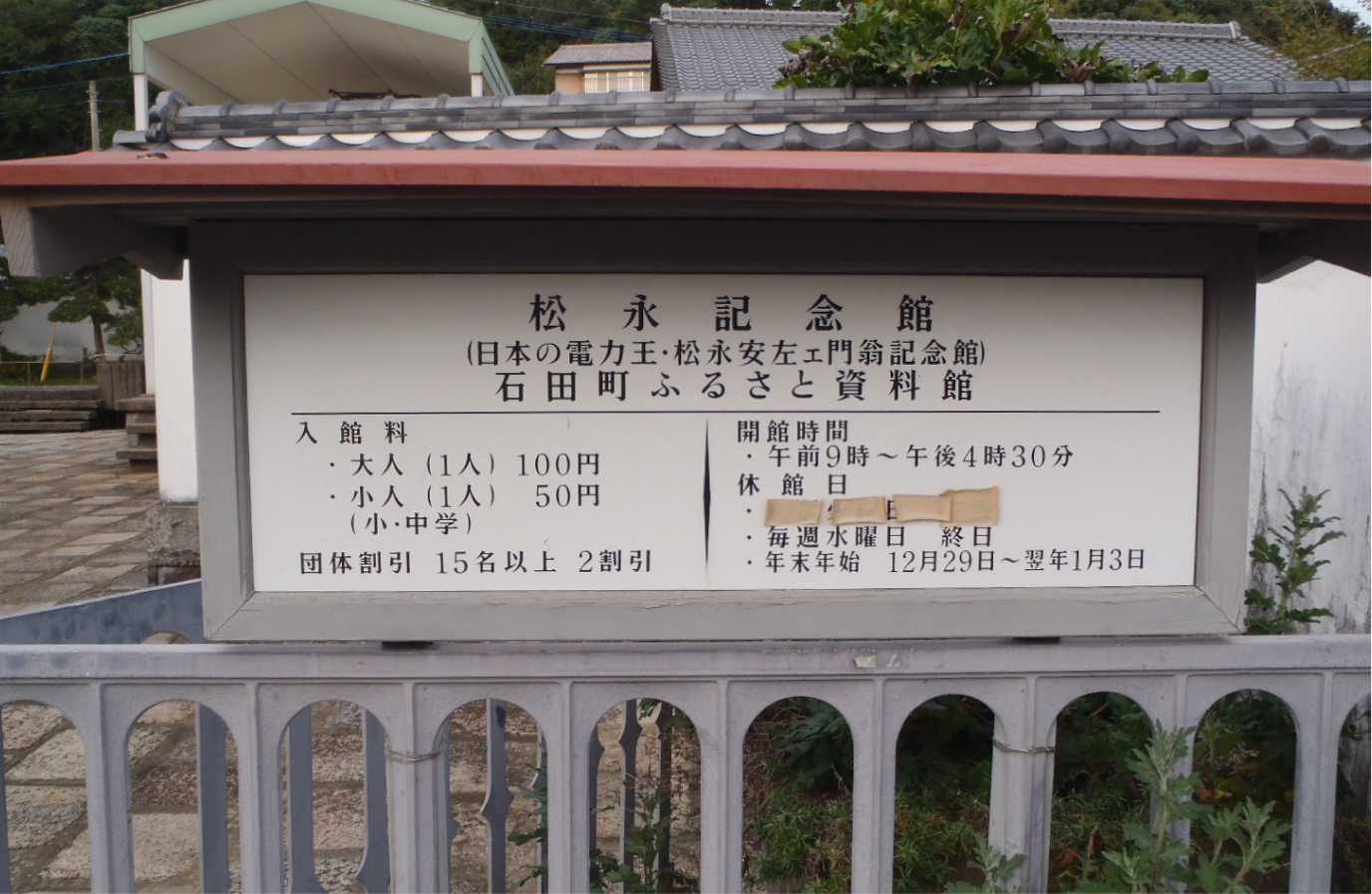
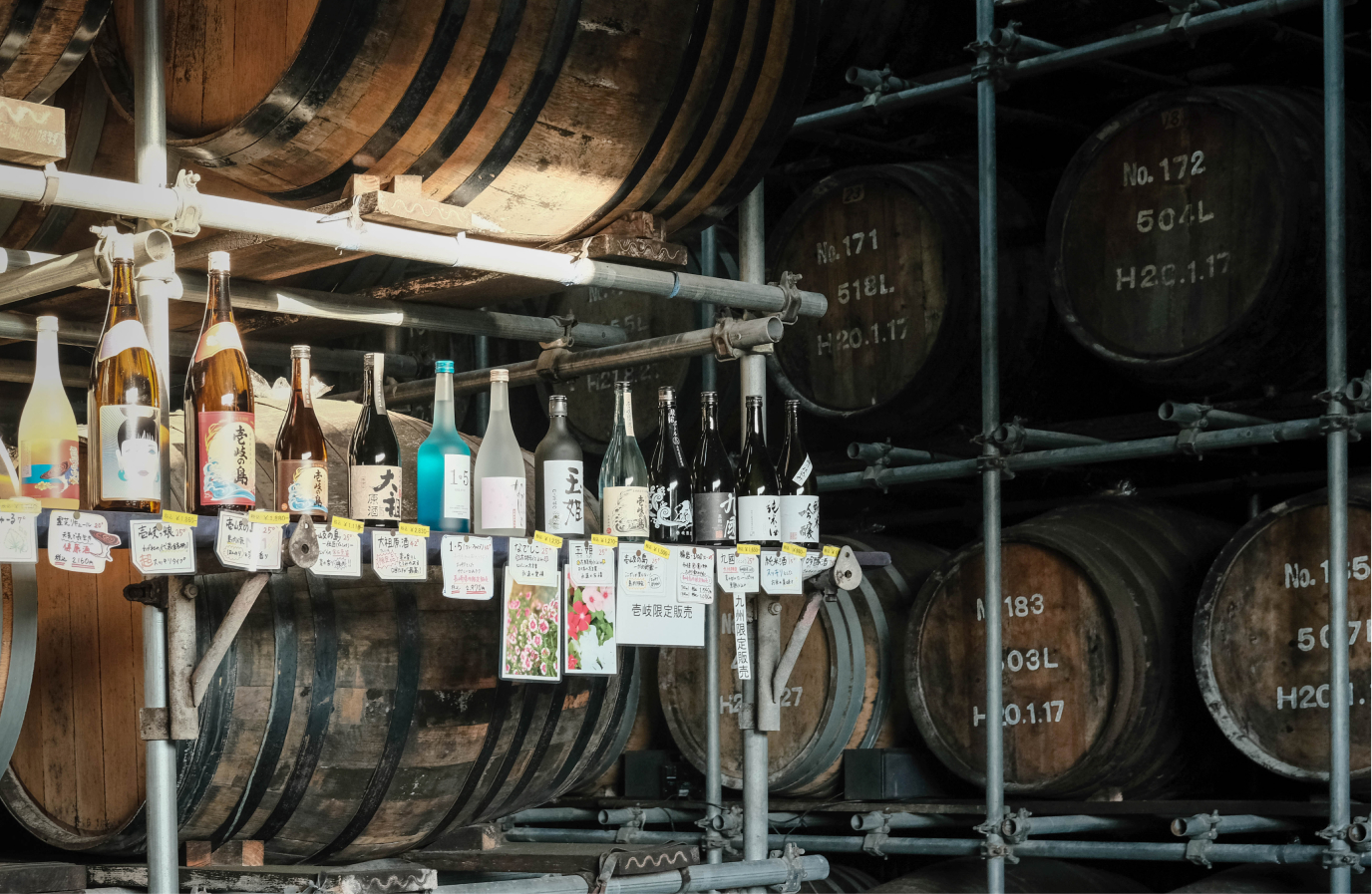
Yasuzaemon Matsunaga Memorial Hall
The Matsunaga Yasuemon Memorial Museum, located at the site of his former residence, is dedicated to preserving the legacy of Matsunaga Yasuemon, who played a vital role in the promotion and development of electricity in Japan during the Meiji and Showa periods. The museum showcases personal belongings of Matsunaga Yasuemon, as well as letters from prominent figures like Goto Shinpei and Prime Minister Inukai Tsuyoshi.
The museum also houses a local heritage museum that exhibits folk materials and other artifacts. Matsunaga Yasuemon’s remarkable life as both a key figure in the development of Japan’s industrial economy and a renowned master of tea ceremony during the Showa era is showcased. In the tranquil garden with its stone-paved paths, one can find an electric tramcar from the Fukuoka City Tramway, which was established by Matsunaga in 1909.
Address:
360 Indoori-jiura, Ishida-cho, Iki City, Nagasaki Prefecture
Phone:
0920-44-6688
Birthplace of barley shochu
Did you know that Iki is considered the birthplace of barley shochu? Since ancient times, Iki has been known for its thriving rice cultivation. The culture of making alcohol using the abundant grains and high-quality underground water has developed, and many farmers used to make doburoku, a type of unrefined sake.
It is said that the distillation technique was introduced from the continent during the Muromachi and Azuchi-Momoyama periods. In the Edo period, due to heavy taxation under the rule of Hirado Domain, the people of the island primarily consumed barley instead of rice. The surplus barley was then distilled to produce homemade shochu, which, combined with rice koji, became the prototype of Iki’s barley shochu. The fact that the traditional use of rice koji was continued reflects the pride of the islanders in their unique sake-making tradition.
In July 1995, Iki barley shochu’s tradition and production method were recognized as a “Geographical Indication” by the World Trade Organization (WTO). As a designated product recognized by the world, Iki barley shochu continues to be produced according to its traditional methods by seven breweries on the island, preserving its heritage.
Note: The translation provided above is for informational purposes only and should not be considered an endorsement or promotion of alcohol consumption.
Car Rental Service
I recommend using a rental car for efficient sightseeing within Iki Island. At Iki Retreat, we offer a rental car service exclusively for our guests, featuring the electric vehicle BMW i3.

I recommend using a rental car for efficient sightseeing within Iki Island. At Iki Retreat, we offer a rental car service exclusively for our guests, featuring the electric vehicle BMW i3.
Original Activities
Here are some original activities that you can only experience here:
At Iki Retreat, we offer a variety of unique activities exclusive to our guests. Experience the extraordinary with our special activities such as the “Katsumoto Seaweed Tour,” where you can explore seaweed gathering in areas not accessible to the general public, or the “Sunset Cruise,” where you can enjoy the breathtaking sunset over Yumoto Bay, selected as one of Japan’s top 100 sunset spots, on a pleasure boat. We also have cycling activities where you can explore Iki Island on a bicycle. These activities are designed for both adults and children, offering a one-of-a-kind experience that cannot be found elsewhere. Join us and create unforgettable memories.
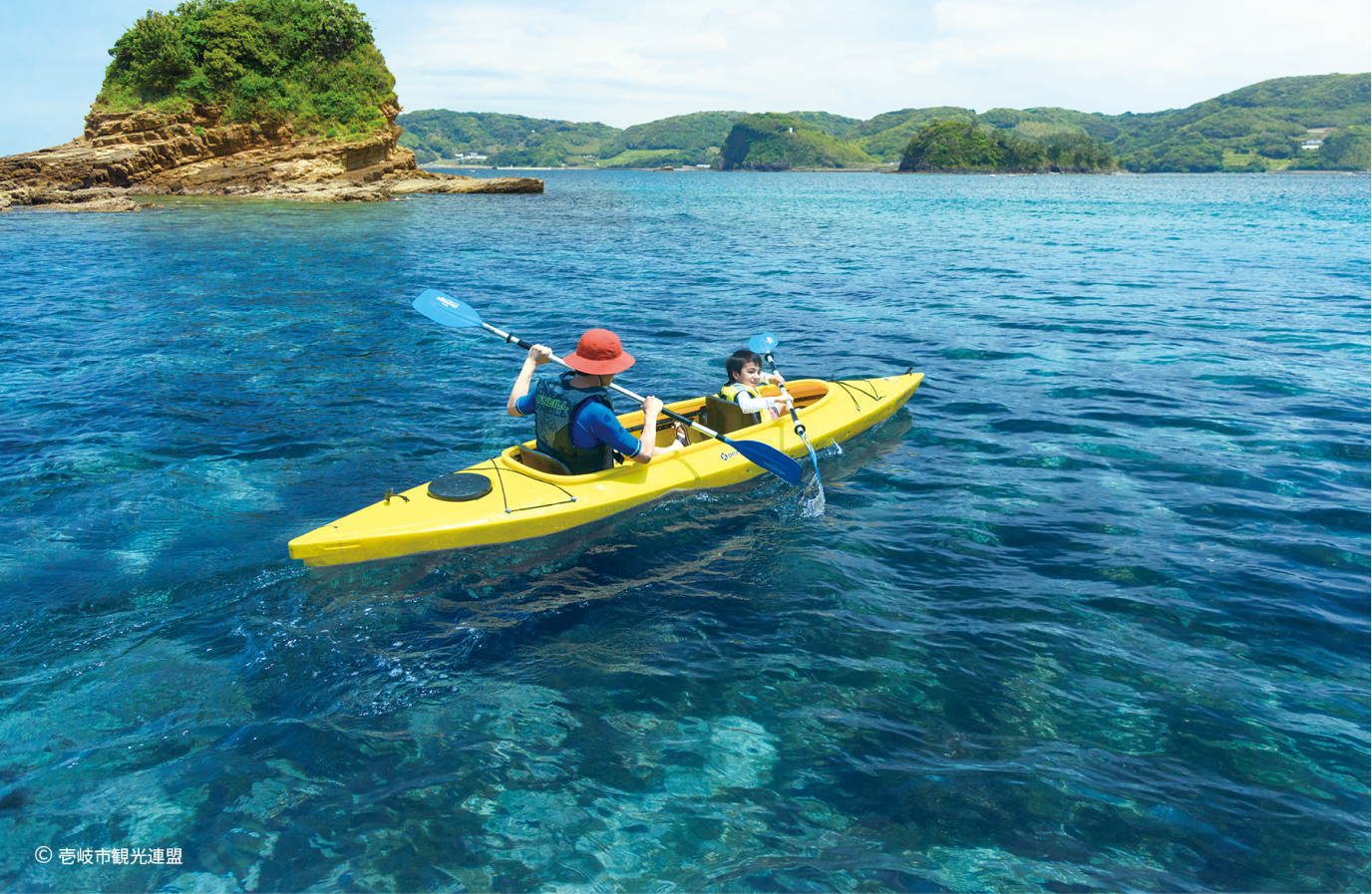
At Iki Retreat, we offer a variety of unique activities exclusive to our guests. Experience the extraordinary with our special activities such as the “Katsumoto Seaweed Tour,” where you can explore seaweed gathering in areas not accessible to the general public, or the “Sunset Cruise,” where you can enjoy the breathtaking sunset over Yumoto Bay, selected as one of Japan’s top 100 sunset spots, on a pleasure boat. We also have cycling activities where you can explore Iki Island on a bicycle. These activities are designed for both adults and children, offering a one-of-a-kind experience that cannot be found elsewhere. Join us and create unforgettable memories.


